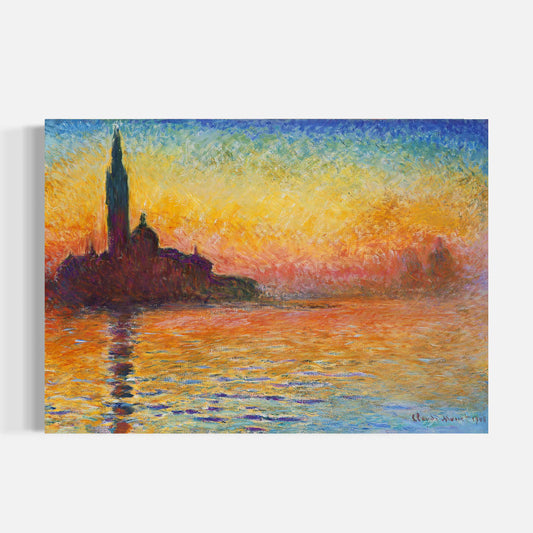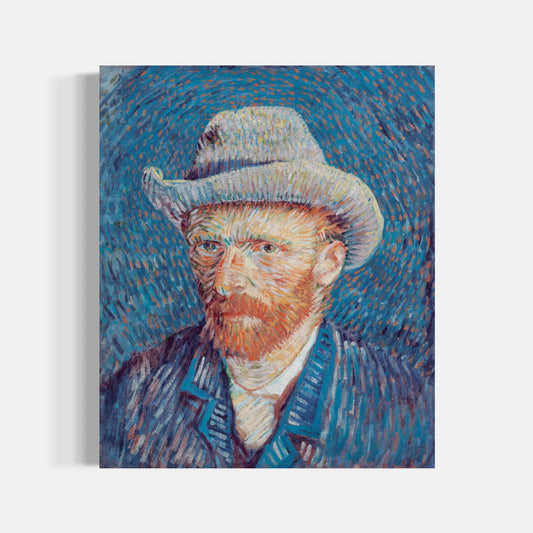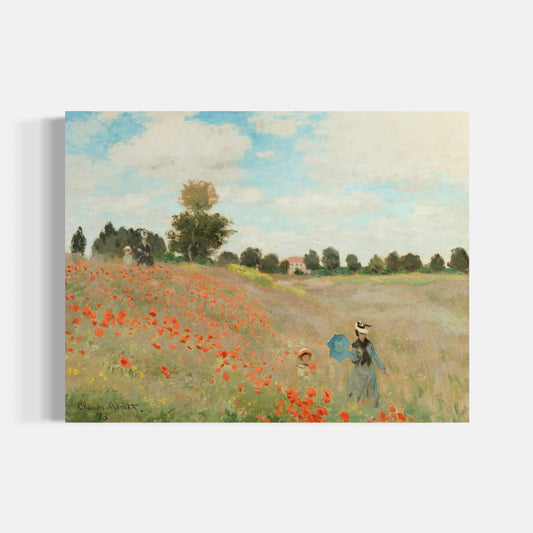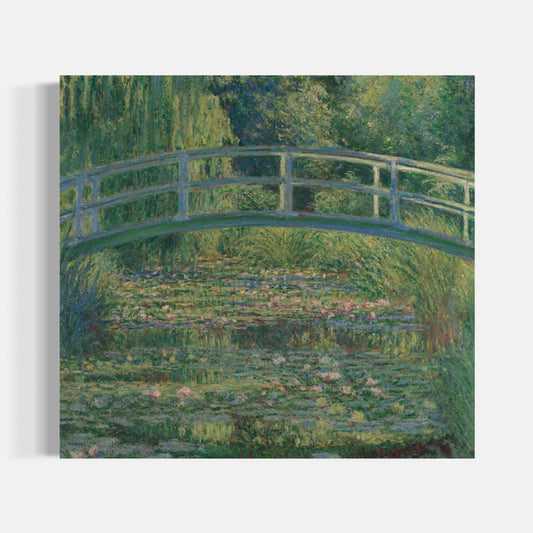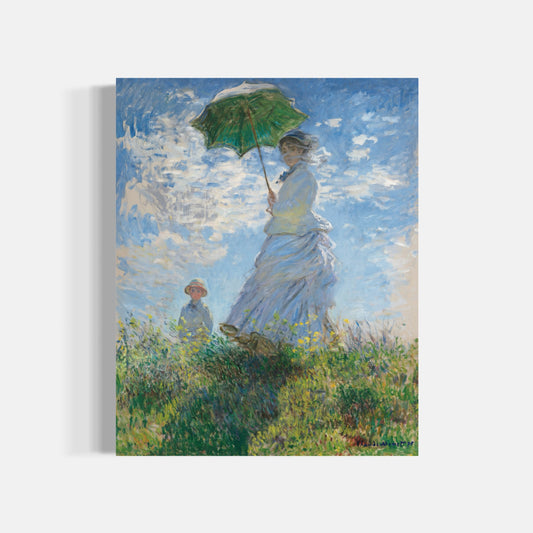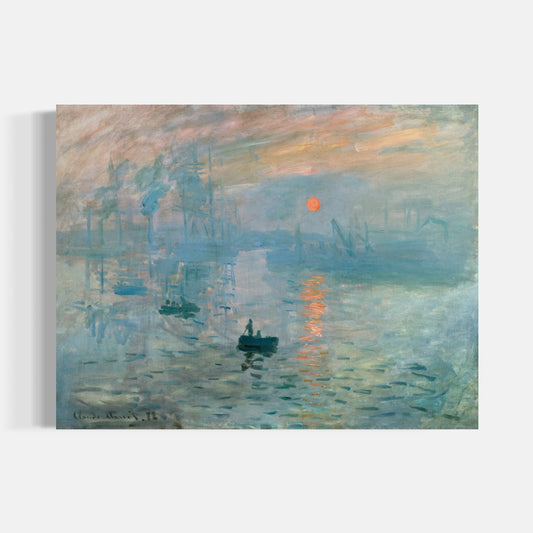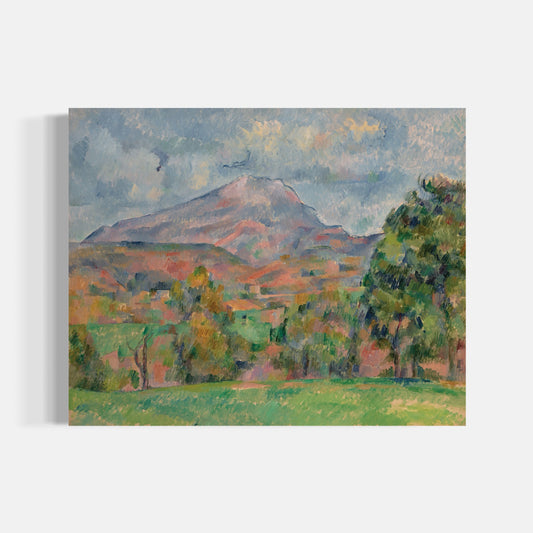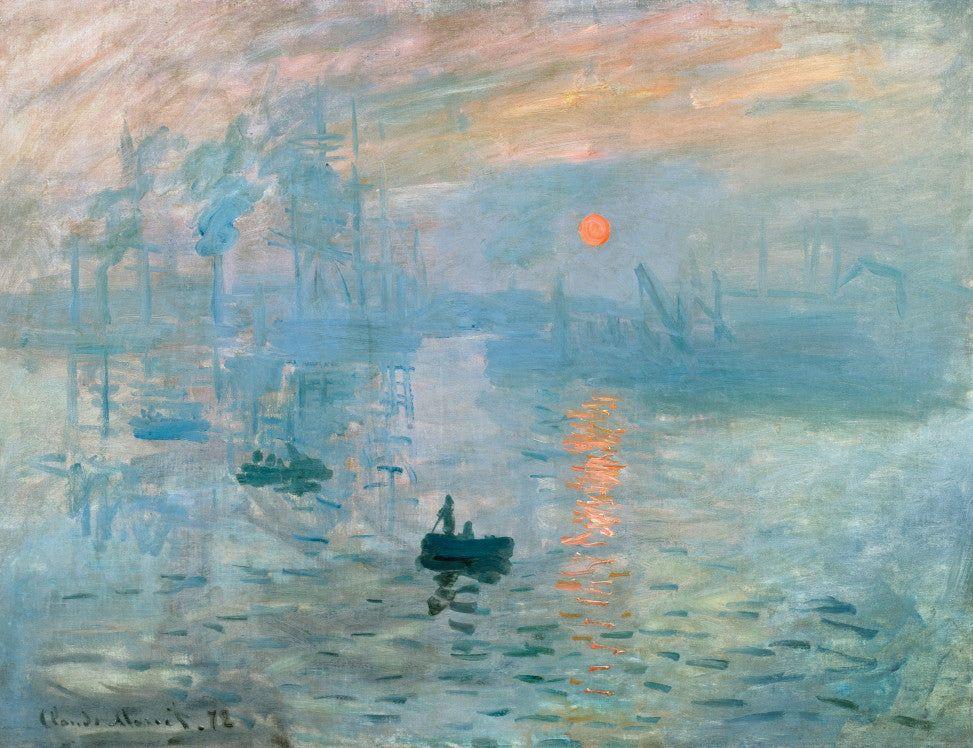
Impressionism
Era: 1850 - 1925
Impressionism is an artistic movement born in France in the 1870s, characterized by a break with the academic conventions of the time. The Impressionists sought to capture the fleeting effects of light and atmosphere, often while painting en plein air. They used visible brushstrokes, bright colors and open compositions to depict scenes from everyday life, landscapes and fleeting moments.
The term “impressionist” comes from a satirical description by the art critic Louis Leroy du Charivari. He was inspired by the work “Impression, Sunrise” by Claude Monet presented during the first exhibition in 1874 and titled his article “The Exhibition of the Impressionists”, the term will make an impression and quickly become their distinctive mark.
Major artists of the movement included Monet, Edgar Degas, Pierre-Auguste Renoir, Camille Pissarro, and Alfred Sisley. These artists rejected the historical and mythological subjects favored by the French Academy of Arts, preferring contemporary themes and innovative perspectives.
Impressionism initially attracted controversy and criticism, but gradually gained recognition and influence. The movement paved the way for many subsequent artistic developments, such as Post-Impressionism and Modernism, marking a watershed in the history of Western art. Obviously, Impressionism was the catalyst for the revolution in painting.
Remarkable Artwork

Impression Sunrise
Claude Monet
Year of creation: 1872
Estimated Market Value: 600 M$
Original Format: 48 cm × 63 cm
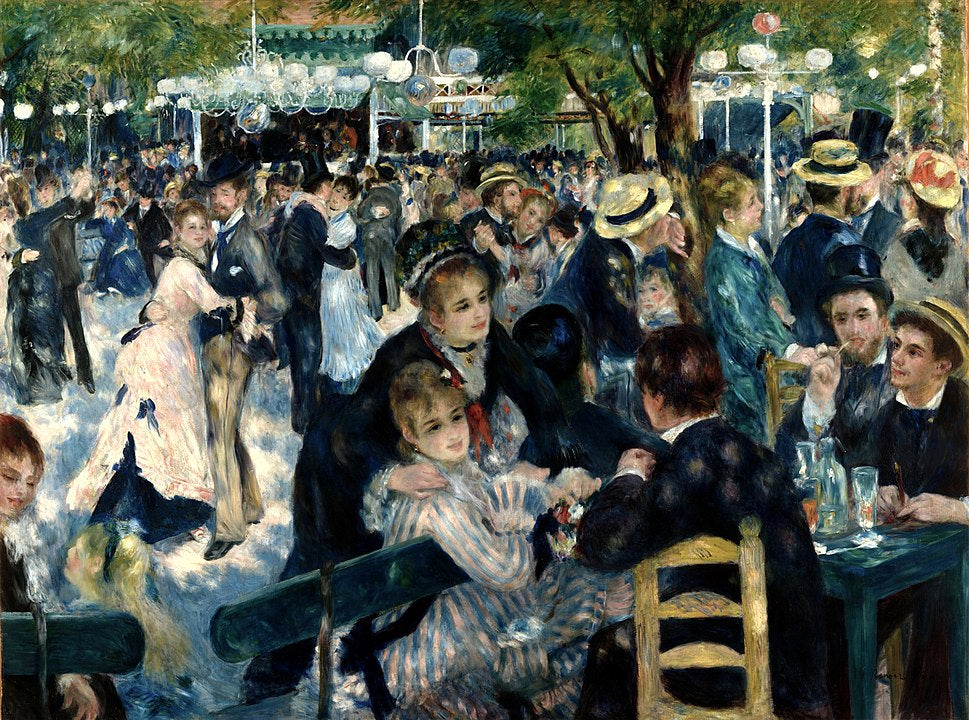
Dance at Le Moulin de la Galette
Auguste Renoir
Year of creation: 1876
Estimated Market Value: 550 M$
Original Format: 131 × 175 cm
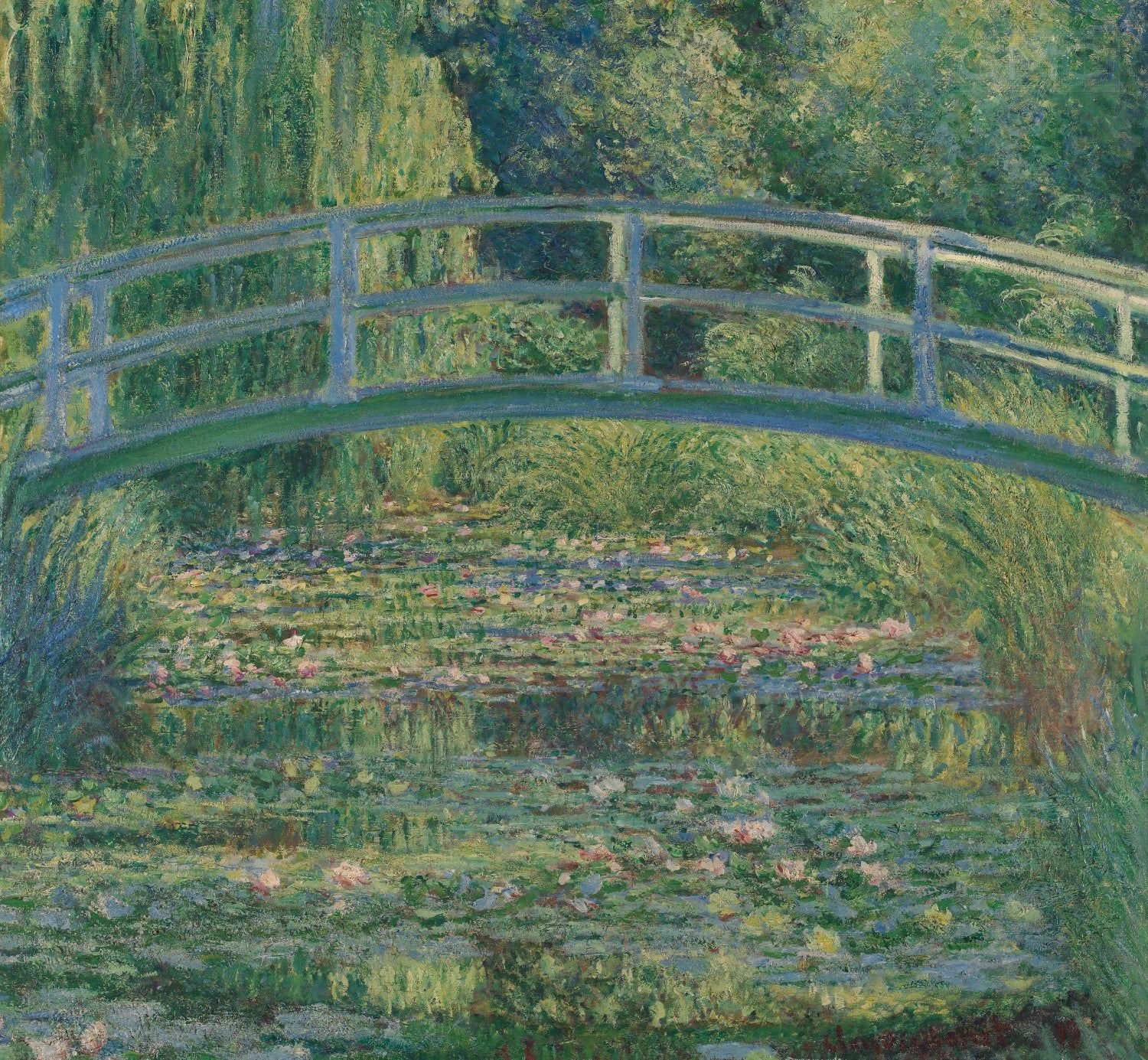
Water Lilies
Claude Monet
Year of creation: 1914-1926
Estimated Market Value: 150/525 M$
Original Format: N.A.
Available to Purchase
-
San Giorgio Maggiore at Dusk
Regular price From $275.00 CADRegular priceUnit price / per -
Self-portrait with Felt Hat
Regular price From $197.00 CADRegular priceUnit price / per -
The Poppy Field near Argenteuil
Regular price From $224.00 CADRegular priceUnit price / per -
The Waterlily Pond
Regular price From $254.00 CADRegular priceUnit price / per -
Woman with a Parasol
Regular price From $234.00 CADRegular priceUnit price / per -
Impression, Sunrise
Regular price From $234.00 CADRegular priceUnit price / per -
Mont Sainte Victoire
Regular price From $235.00 CADRegular priceUnit price / per


